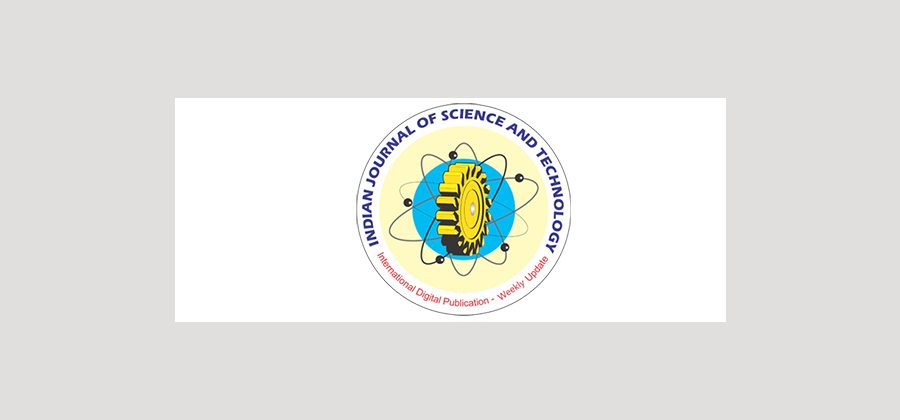


Indian Journal of Science and Technology
DOI: 10.17485/ijst/2017/v10i42/120342
Year: 2017, Volume: 10, Issue: 42, Pages: 1-13
Original Article
Punithavathy Kannuswami1*, Sumathi Poobal2 and M. M. Ramya3
1Department of Electronics and Communication Engineering, Hindustan Institute of Technology & Science, Padur, Chennai - 603103, Tamil Nadu, India; [email protected] 2Department of Electronics and Communication Engineering, KCG College of Technology, Karapakkam, Chennai - 600097, Tamil Nadu, India; [email protected] 3Centre for Automation and Robotics, Hindustan Institute of Technology & Science, Padur, Chennai - 603103, Tamil Nadu, India; [email protected]
*Author For Correspondence
Punithavathy Kannuswami
Department of Electronics and Communication Engineering, Hindustan Institute of Technology & Science, Padur, Chennai - 603103, Tamil Nadu, India; [email protected]
Background/Objectives: To develop an Artificial Neural Networks (ANN) based Computer Aided Diagnosis system (CAD) using texture and fractal features to detect lung cancer from Positron Emission Tomography/Computed Tomography (PET/ CT) images. Methods/Statistical Analysis: Methods such as Wiener filtering and fuzzy image processing were used to suppress noise and improve the contrast respectively in lung PET/CT images. Texture and fractal features were analyzed to extract significant features. ANN with optimal network parameters was designed to train and test the dataset. Total of 1072 training samples and 80 testing samples were used to evaluate the performance of the system. Findings: The proposed fuzzy enhancement played a vital role in improving the detection of lung cancer. 13 significant features were identified (3 texture features and 10 fractal features) for detection of cancerous regions. Proposed method of CAD system yielded better classification accuracy for training and testing with Levenberg-Marquardt back propagation, learning rate = 0.3, momentum = 0.9 and 20 hidden neurons. The training accuracy produced by texture, fractal and combined features were 92.4%, 98.1% and 98.5% respectively. The testing accuracy achieved with the proposed method for texture, fractal and combined features were 91.3%, 95% and 92.5%. Proposed classifier with fractal features yielded a better testing accuracy than texture and combined features. Improvements/Applications: Deep learning algorithms may be implemented to improve the accuracy of the detection. Developed CAD system can act as a decision support system to assist radiologists in lung cancer diagnosis.
Keywords: Artificial Neural Networks, Computer Aided Diagnosis, Fuzzy Enhancement, Lung Cancer, Texture and Fractal Features
Subscribe now for latest articles and news.